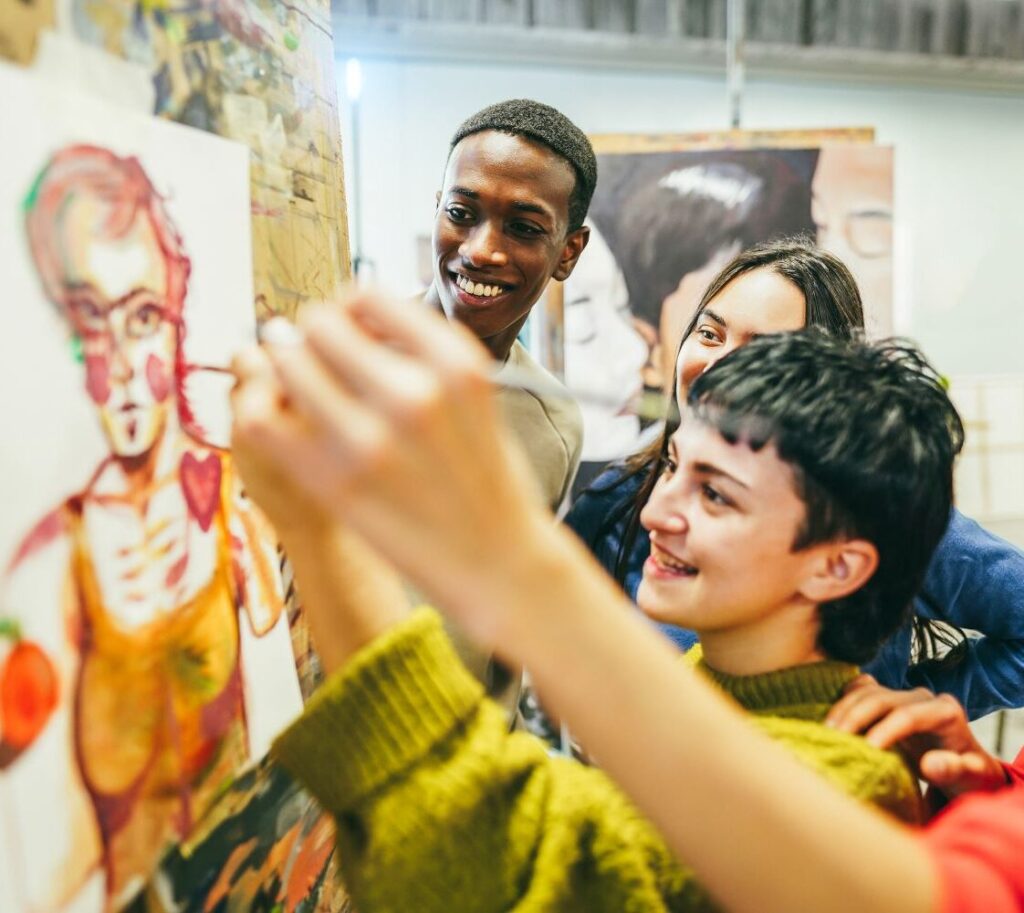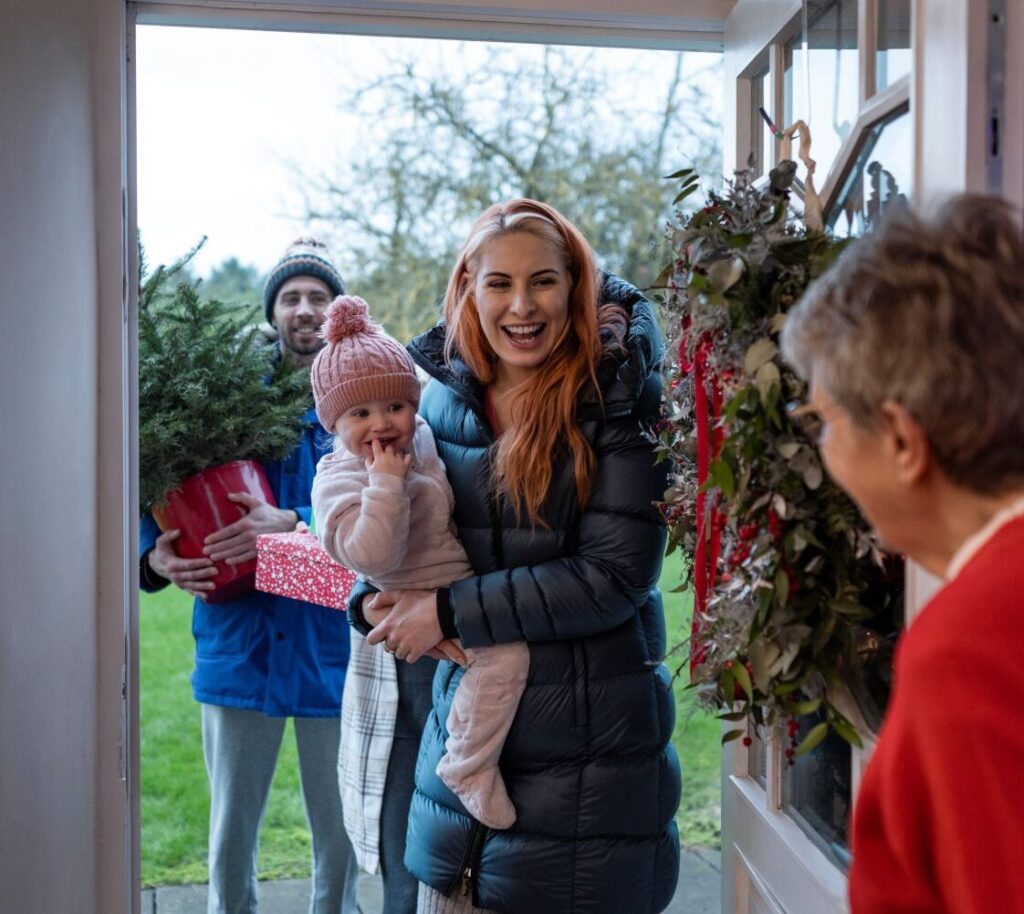Maintaining relationships between an adopted person and their birth family can be hugely beneficial if it’s safe to do so, but it’s not always easy. In this article, we’ll look at the benefits of contact, the most common methods of staying in touch, how it all works and some of the challenges.
How it works
As part of making an adoption order, the social worker will create a contact plan that fits with the child’s needs. This can change over time as the child’s needs change.
Modern adoption aims to support contact between adopted people and their birth family, but the reality can fall short of the ideal. A 2023 PAC-UK report based on the opinions of adopted people found that only 54% of those adopted since the 1990s had some contact with their birth family when they were under the age of 18. And of those people, 62% regretted not having contact.
Staying in touch can be emotionally challenging for all involved, but ultimately the benefits – especially for the adopted person – outweigh the challenges.
The benefits of maintaining relationships between adopted people and birth family
One of the top reasons contact with an adopted person’s birth family is so important is for their sense of identity. PAC-UK research found only 13% of adopted people felt they had enough information to have a sense of their own identity. One commented that knowing more about their past “would have made me feel like a ‘real’ person, someone with substance rather than a sort of ghost.”
The adopted child can benefit from a better sense of identity and wellbeing from staying in touch with birth family, as it allows them to learn more about their parents and their heritage. This can help them develop more trust with their adoptive family too.
Growing up adopted was very difficult. I had no information about my birth family and tiny snippets leaked out over the years that should have been mine to know all along. My education really suffered as when I was a teenager, I was so concerned with finding people to belong to as I did not feel that I really belonged to anyone.
For the birth family, contact gives them a much-needed connection with their child and helps them build a relationship. It can help the birth family feel more involved and have a better understanding of what their child is doing.
The adoptive family also gets to know the history of the child’s birth family and can also gain a better understanding of why the child was adopted. They can also see how the birth family is doing over time.
Indirect contact: letters
Indirect contact by letter (also known as letterbox contact) is the most common way of maintaining relationships after adoption. Letters can be a good way of talking about day-to-day life, both for the birth parents and the adopted child. It’s also a good opportunity to get to know each other by gradually sharing new information and telling stories.

As well as letters or emails, packages might include photos, drawings or other items such as a length of string showing how tall the child is.
Being limited to indirect contact can be frustrating for birth parents, especially if letters don’t arrive on time. A 2023 PAC-UK report based on the opinions of birth parents shows this type of contact often doesn’t last over time, with only 33% of those who had letterbox contact getting letters for more than six years. Consistency on both sides is so important.
Some regional adoption agencies are piloting digital systems of staying in touch.
Direct contact: meeting up face to face
When asked if direct contact like meetings between adopted children and birth family should be standard practice in adoption where it’s safe to do so, 93% of birth parents and 76% of adopted people responded yes. However, this is much less common than indirect contact.
The location of an in-person meeting can affect how everyone feels. These generally take place at a neutral location rather than in someone’s home. Some people have found that meetings in a family centre with a professional present can feel formal and uncomfortable, especially if the location doesn’t feel very child-friendly. Going prepared with some favourite toys and books can help to ease this.
While it can be tricky if there are multiple children of different ages and interests, an alternative could be to consider meeting at an informal public place, if possible. Examples of places that have worked for some meetups include a zoo, play park or restaurant.
Put the child’s needs first. Always and every time.
Direct meetings can bring up a lot of very intense emotions for all involved, both positive and negative. It’s important to be aware of this and consider how you might manage difficult emotions if they arise, both for yourself and your family.
You might do a favourite activity as a family, or anything where you’re spending time together – whether that’s making hot chocolate, playing with a pet, going for a bike ride or something completely different.
For more information and support, contact the free and confidential PAC-UK Advice Line via phone (0300 1800 090) or email [email protected].

Call, text, email or web chat FamilyLine
If you’re feeling overwhelmed, worried or upset about any aspect of your family life, FamilyLine is here for you. We offer free emotional support and guidance on family relationships, conflict, parenting, caring, financial worries and more.
Contact FamilyLine











